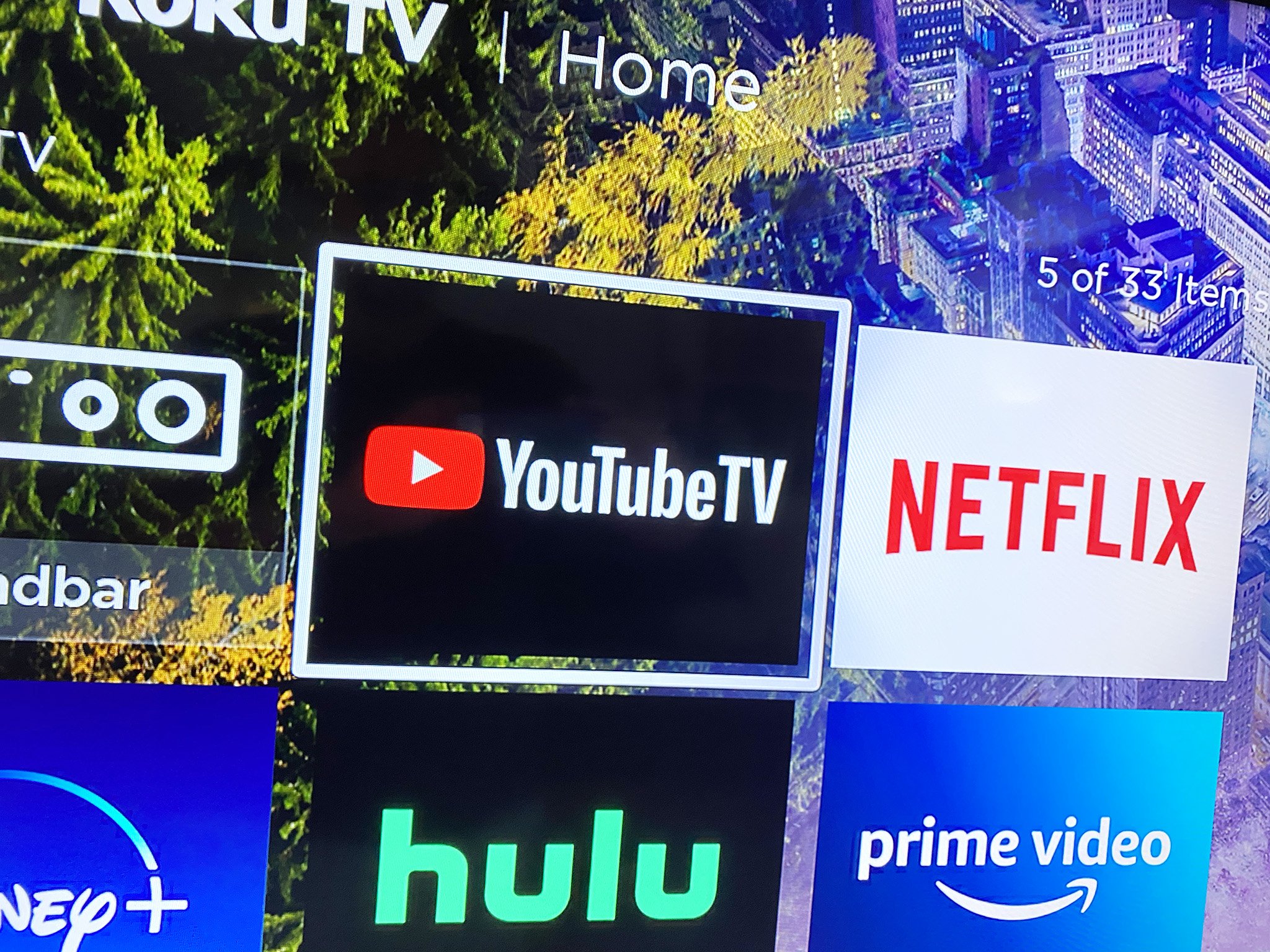Streaming price increases hurt, but we knew the pain was coming
You have to do the math, and not be married to any one particular method of streaming TV

Streaming prices are going up again. OK, not all of them. Sling TV says it's not changing anything before August 2021 , which is great. But YouTube TV just ratcheted things up by 30 percent . FuboTV is taking prices up by $5 a month across he board. Even ESPN+ is said to be adding a buck to its monthly price.
Why? Because it costs money to get permission to shows your shows. That's why. It's basic economics, and it's nothing new. We said exactly as much in July 2018.
And the price increases aren't anything new, either. YouTube TV started life in 2017 at a mere $35 a month as it slowly made its way across the service areas of the United States. In January 2019 Google said 98 percent of the country was covered, followed by 100 percent of the MSAs in March 2019. In April 2019, the price increased to $49.99 . In August 2020, it'll reach $64.99 a month.
It's worth noting, however, that the two most recent price increases also came with the addition of a number of channels. The April 2019 price increase came with Discovery Networks content. And the summer 2020 increase comes with the addition of ViacomCBS content. Those are two networks that are not known for inexpensively licensing their content.
Or take Sling TV. It's long been known as one of the least expensive live TV streaming services, due to its near-"a la carte" nature. There are two main plans — Sling Orange and Sling Blue. They cost $30 apiece, or $45 if you get them together. They have a fair number of channels, but there are obvious holes. That's there the Sling Extras come in. You add on whatever additional packages you want, and Sling hopes you don't notice the price going up.
YouTube TV was (blessedly) underpriced for a long time. Now's when the real competition begins.
Sling last increased its prices in December 2019 , adding $5 each to Sling Orange and Sling Blue. Extras went up, too. And before that? We saw an increase in June 2018 . Sling is not immune.
Or let's do Hulu — which has the most live TV subscribers of any of the U.S.-based services. In November 2019 it increased its rates for Hulu with Live TV $10 and now stands at $54.99 a month — $60.99 if you don't want ads on the on-demand catalog.
The latest updates, reviews and unmissable series to watch and more!
AT&T TV Now raised its rates in November 2019 , about eight months after completely revamping the plans amid the transition from DirecTV Now.
And let's not forget the Playstation Vue, which increased its rates in July 2019 before shutting down completely in January 2020.
The point is, prices were always going to go up. There was no way they couldn't. In fact, we said exactly that back in 2018. Google and YouTube TV almost certainly were losing money on the endeavor. (It's OK — Google has the money to spare.)
Nobody ever likes a price increase. It costs us money. The service providers know it'll cost them subscribers. But content does cost money, and the economics are what they are.
But in many of the instances above, the services were adding channels, which was causing the price to go up. It's OK to grumble at that — especially, if like me, you couldn't care less about MTV being added.
And while your mileage absolutely will vary depending on where you live and what options you have, there's still a very good chance that your streaming options will cost less than a cable subscription.
But there's way in which streaming absolutely still wins out, and it's a hill I'm going to die on: Rental fees.
I, for one, absolutely do not want to ever again have the pleasure of renting a box from a provider. I'll gladly pay a premium for a piece of hardware I know is going to work — and going to work well — for years, minimize any sort of nonsense tracking, and it's something that I own . (The piece of hardware I'd recommend is still Apple TV 4K , or NVIDIA Shield if you refuse to do Apple stuff.)
And none of that changes the foundation of this entire streaming thing: You have to do the homework. If you're paying more than you'd be paying for cable (or satellite, or AT&T's hybrid AT&T TV service), then use what makes the most sense.
It's all just electrons being piped into your home and converted into a visible picture on your screen. How that happens is less important than the quality — and the price — of what you get.

